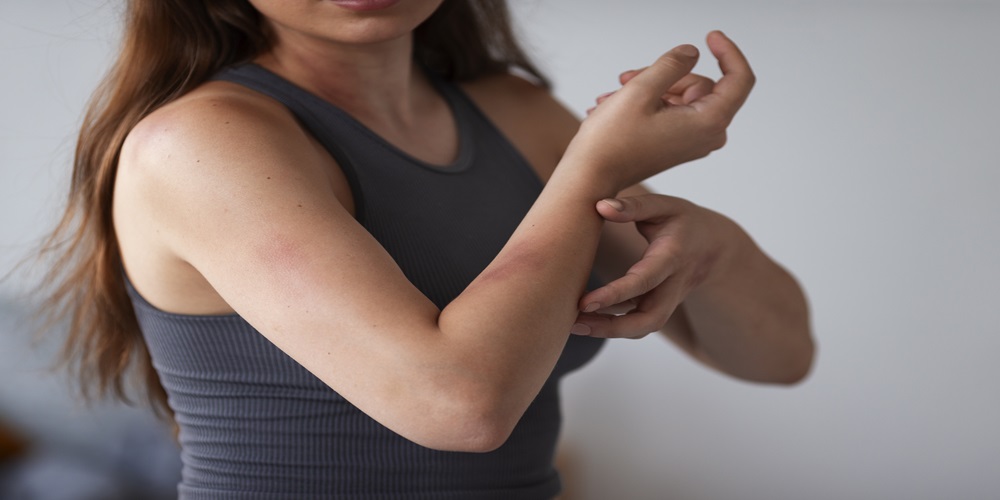In human physiology, your skin acts as a soldier that guards against attacks on internal organs. It continuously repairs damage to maintain your overall health. But how does the skin-healing process happen? Your skin has several layers, each performing distinct roles to maintain and defend your body against environmental stressors and pathogens. The epidermis is the outermost layer or barrier. The dermis offers structural support in addition to housing critical components like immune cells, blood vessels, and nerves. Here is how your skin heal itself.

How the body heals wounds
To put it more simply, your body uses tissue regeneration and tissue repair mechanisms to heal. Tissue regeneration involves the body replacing damaged tissues by duplicating identical cells. It is called the ideal healing process. The new tissues perform the same functions without changing the original skin appearance. Unfortunately, only certain cell types can regenerate, like epithelial cells.
On the other hand, tissue repair fixes current damage to the dermal or subcutaneous tissue. However, repaired tissues do not retain their earlier specialized functions or even their original structure. The process is more complicated and leaves scars or changes in skin appearance. An experienced facials & peels treatment specialist can be of helpful for your skin problems.
You can see that the wound-healing process is sophisticated and happens in a set order of events.
The four stages of the wound healing process
Your body follows these stages in the wound-healing process:
Stage 1: stopping the bleeding
When your body experiences damage like a scratch, cut, or other kind of wound, the skin starts bleeding. Initially, the body responds by stopping the bleeding process or hemostasis. Your blood starts to clot within seconds or minutes after the wound occurs. The blood clot prevents your body from losing more blood, closes the wound, and then heals it by making a clot.
Stage 2: scabbing or clotting
The scanning and clotting phases happen in three steps:
Narrowing of blood vessels surrounding the wound to help end the bleeding process.
Platelets, or clotting cells, clump together in the area of the wound, making a plug.
Clotting uses a type of protein called fibrin to fasten the plug, forming a clot.
Inflammation of the wound section. It comprises cleaning and skin heal of the wound.
Once the wound stops bleeding, your body starts to clean the area and heal that section. Your body opens the blood vessels surrounding the wound a little to allow more blood flow. The section may look swollen or red a bit or feel warm, which means the process is starting. Incoming fresh blood carries more nutrients and oxygen to speed up wound healing.
White blood cells arrive to fight infection and send growth factors to repair the wound spot. You will see a clear fluid around that area, meaning the white blood cells are performing their rebuilding and defending work.
Stage 3: Rebuilding
It happens once your wound is stable and clean. Oxygen-rich red blood start creating new tissues in a process that is like a construction site. Your body has chemical signals that direct cells around your wound to create elastic tissues or collagen. Collagen accelerates the repair of your tissues and skin. Collagen functions like a matrix used by your body’s cells to do repairs.
Stage 4: Maturation
Once the wound is closed, you can see visible repair. Underneath it all, the wound is still healing. Your wound may look pink, puckered, or stretched, and you may sometimes feel tightness or itching over that area.
Conclusion
Open wounds on skin take longer to heal compared to closed wounds. However, 3 months is enough for wound repair to be complete. New tissue and skin are about 80% stronger than before the injury. Do not be afraid if the wound looks red, watery, or swollen, as it is a normal healing process. Seek medical attention for any wound.

